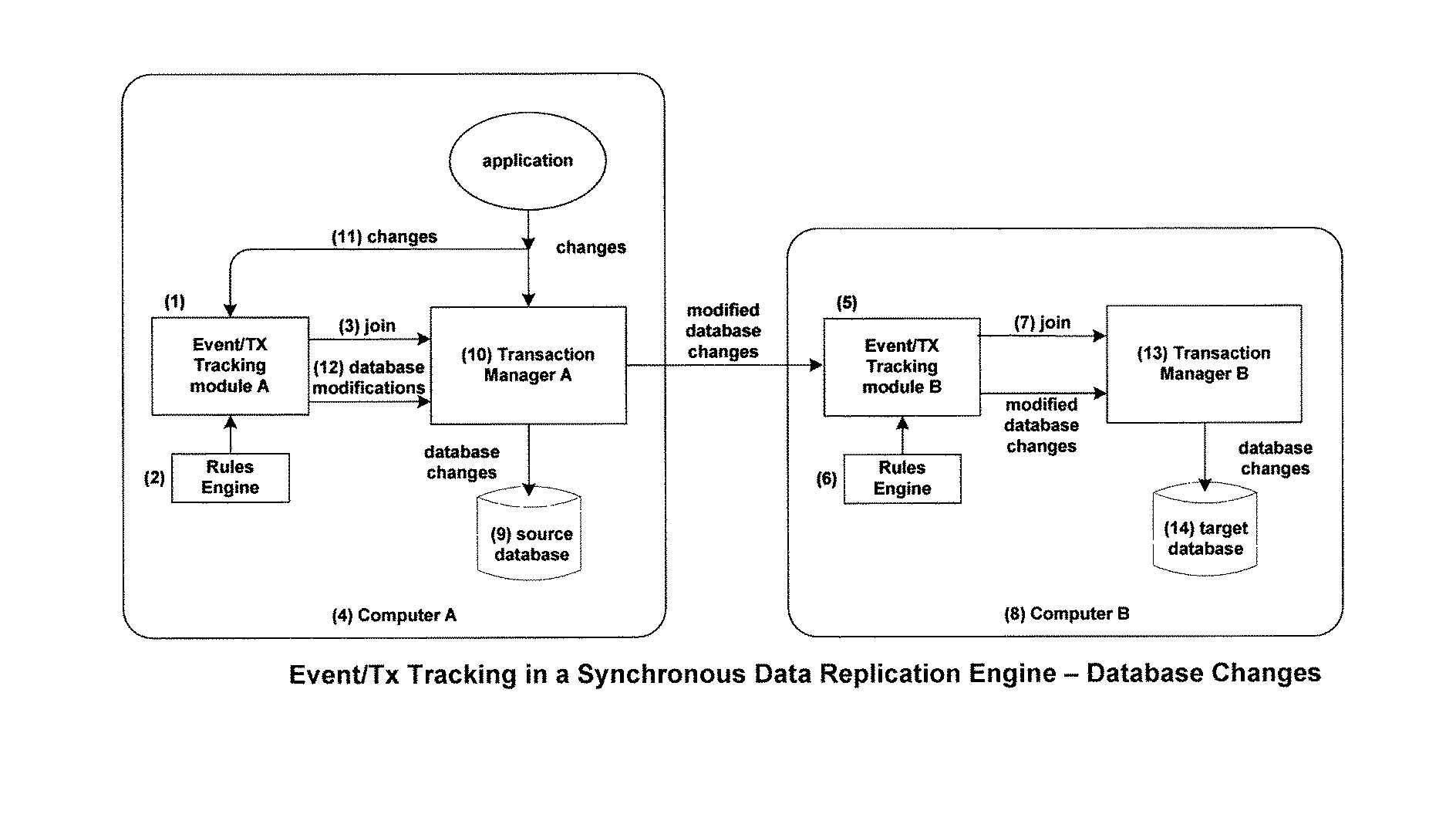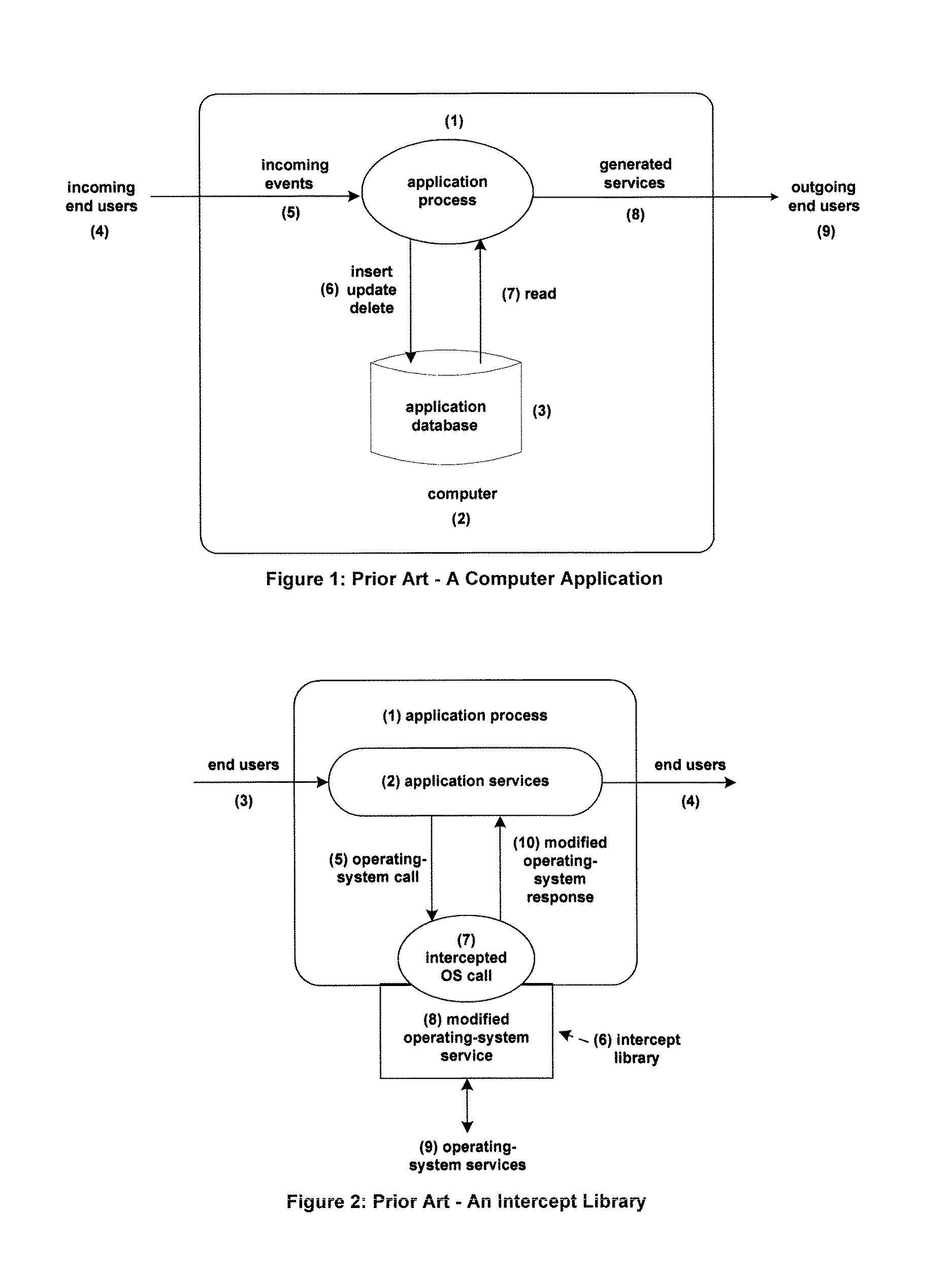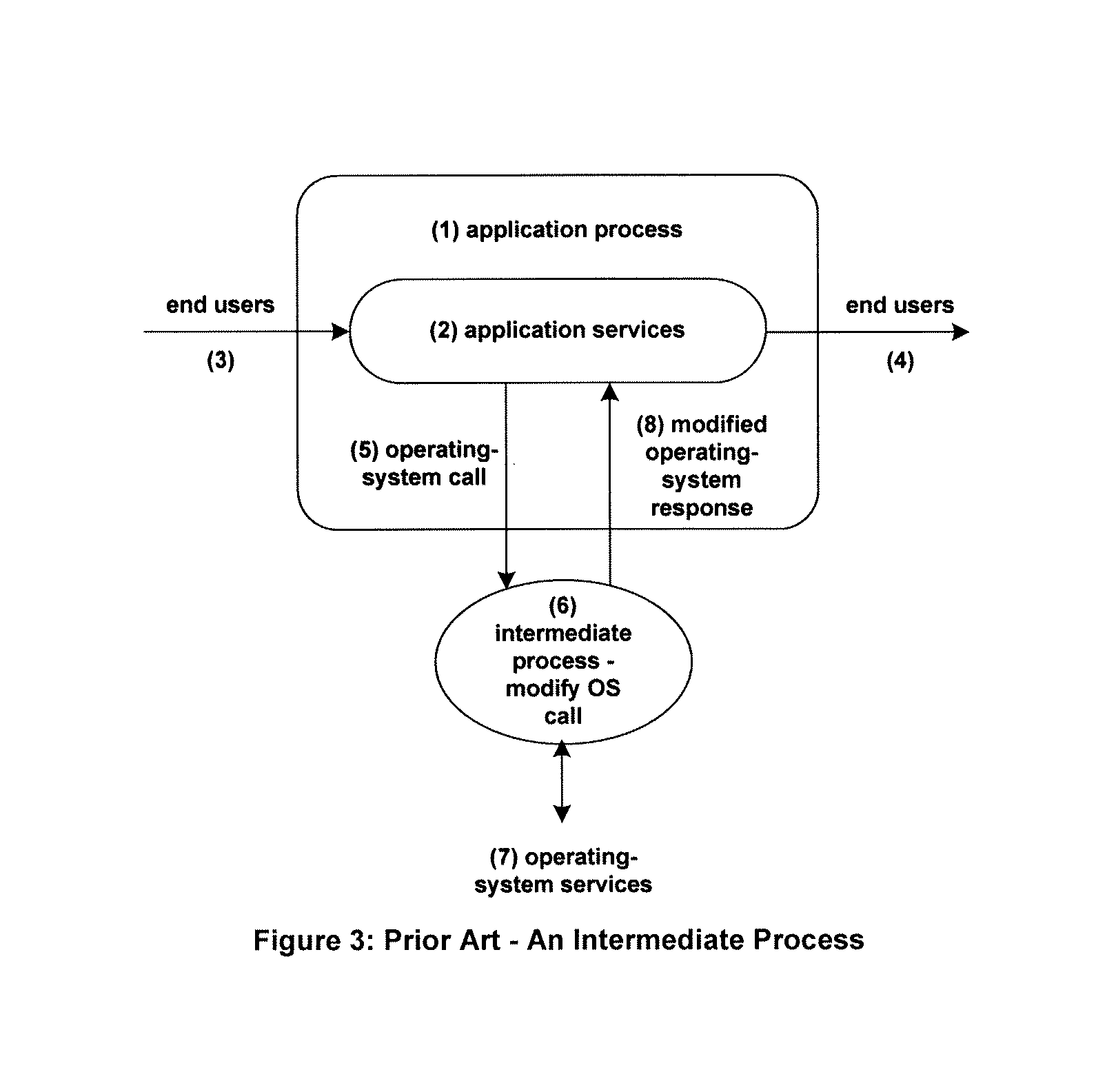There is an inherent risk when intercept libraries are used to enhance the functions of applications.
Likewise, if the linking of a dynamically linked intercept
library into a process is erroneously omitted, the functions that are intended for that
library to provide will not be performed.
Many applications comprise hundreds or even thousands of processes, and such errors easily arise.
Of course, this in turn depends upon providing the utility with the correct and complete
list of the use of intercept libraries, a process which in and of itself is error-prone.
Another challenge due to the use of intercept libraries is that they are inserted directly into the
processing flow of the application.
There is an inherent risk in the use of intermediate processes to enhance the functions of applications.
Many applications comprise hundreds or even thousands of processes, and such errors easily arise.
However, they both can be accidentally omitted from the
system configuration; neither can intercept certain types of system transactions, and they both add to the
processing path length of the application.
Unaudited transactions do not provide the ACID properties of audited transactions unless these capabilities are built into the application.
Special complex efforts are required in the application to provide these features across failures.
Failure at any point in this processing sequence may leave the database in an inconsistent state.
There is no way for a Transaction Manager or any other facility to
undo the Row A insert and the Row B update that occurred before the failure since there is no information as to the scope of the transaction, unless the application is modified to take many intervening check points of its processing path to a durable store.
It is because of this extra processing and lack of support for the ACID properties that unaudited transactions are typically not used.
These utilities use complex rules engines to look for sequences of events that possibly might be a complete business transaction.
There is an inherent risk when explicit joining is used to enhance the functions of applications.
Joining a resource to
multiple applications may be desirable; but if the explicit joining of a resource to an application is erroneously omitted, the functions that are intended for that resource to provide will not be performed.
Many applications comprise hundreds or even thousands of processes, and these errors easily arise.
Explicit joins cannot be used to join transactions initiated by certain system facilities.
One limitation of explicit transaction joining is that some transactions generated by system utilities rather than by applications are not known to the application.
Therefore, the resource cannot explicitly join these transactions.
Therefore, the application cannot inform the resource that a new transaction has been initiated so that the resource can explicitly join it.
One limitation of implicit joining is that the resource must join all transactions.
With these methods, there is the possibility that a configuration error will result in the intended monitoring or modification functions not being executed.
A problem with the 2PC protocol is that
data objects are locked until the transaction completes.
Thus, if a resource should fail and cannot respond, the locks will be held for an indeterminate period of time; and the application may stall.
However, if the Transaction Manager times out before receiving an “ACK” message from all resources, it aborts the transaction and sends an “Abort” message to all resources.
In very
large networks, this can impose a severe performance penalty as applications wait for locks to be released.
However, with BASE, the databases on each system are cached; and
data objects are not locked by transactions being executed on remote systems.
A transaction on a
source system will use its cached database for processing even though the data it is using in its database may be inconsistent and may even be changing because of the execution of remote transactions.
The downside is that transactions are executed against potentially inconsistent data.
If the savings account balance is insufficient, or if either update to a database cannot be made, the transaction is aborted.
For instance, if the funds in an account are insufficient to cover a transfer, the
bank may want to allow the transfer anyway (and charge an
overdraft fee).
However, there is no prior art method to allow an Event / Tx Tracking module to intercept and modify an audited transaction begun by a system facility such as a
SQL database manager.
The use of intercept libraries bears the risk of improper configuration, in which one or more libraries are not linked into application processes as intended.
In addition, intercept libraries increase the
path length of application execution, thus slowing down response times. Also, intercept libraries cannot be inserted into certain audited transactions initiated by system facilities.
As is the case with intercept libraries, the use of intermediate processes bears the risk of improper configuration, in which one or more processes are not injected into the processing flow as intended.
In addition, intermediate processes increase the path length of application execution, thus slowing down response times. Also, intermediate processes cannot be inserted into certain audited transactions initiated by system facilities.
Should the
source system fail, any changes that were generated during the replication latency interval may not make it to the target system and consequently may be lost.
Furthermore, replication latency allows data collisions.
A data collision occurs if changes are made to the same data object in two different copies of the application database within the replication latency interval.
However, since the
source system now has to wait for the target system to complete its actions, applications are slowed.
Application latency may limit the distance by which two systems can be separated—typically by only tens of kilometers.iii.
This
delay is called application latency.
Thus, application latency typically limits the distance between the source and target systems to campus or metro environments in which they are separated by no more than tens of kilometers.
However, if the systems are running in an active /
active mode in which both systems may be actively processing transactions, data collisions may occur.
Now both systems have different values for the data item and both are wrong.
However, if the data actually has been applied to the
target database, then all such data items are locked and cannot be changed until
commit time at which time they are unlocked.
Thus, it is not possible for another application to change one of these data items, and not only will no data be lost but there will be no data collisions.
However, since the target data to be changed is not locked prior to the
commit, data collisions still can occur when running in an active / active architecture.
However, in this configuration, the QMGR will typically not be the voting resource.
For example, while a database maintains the current value of an account balance, it is often useful to know how often that account balance went to zero or was overdrawn, thereby leading to possible upselling of
overdraft services.
However, it is impossible to insert these elements directly into the processing
stream of certain transactions initiated by the system.
Furthermore, the use of intercept libraries, intermediate processes, and similar techniques is risky, as the intercept libraries and intermediate processes may have to be configured for hundreds or even thousands of processes in
large applications.
It is quite possible that configuration errors will prevent certain monitoring or control functions from being executed properly.
Moreover, the use of intercept libraries and intermediate processes is inefficient, as they extend the processing-path length of transactions.
Over time, requirements have grown for the control of the actions executed by events and transactions for many applications; and the applications were never written to provide these functions.
The modification of old legacy applications is risky and costly, if even possible.
Often, the original code for the applications is lost; and the structures of such applications are mysteries to those that must maintain them.
 Login to View More
Login to View More  Login to View More
Login to View More 


